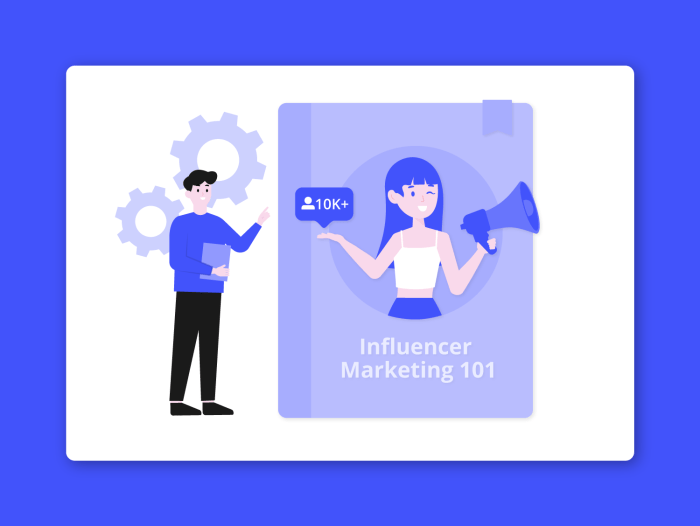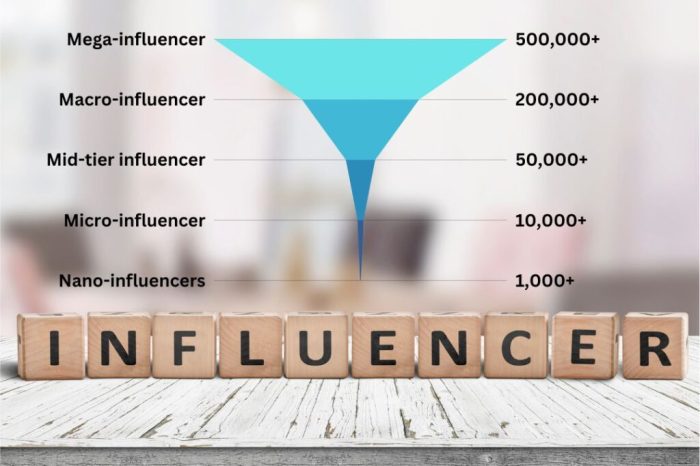Micro-influencer marketing strategies take center stage as brands increasingly turn to niche influencers with dedicated followings. These individuals, often boasting 1,000 to 100,000 followers, possess the unique ability to engage specific audiences effectively, making them invaluable in a landscape cluttered with traditional influencers. With statistics showcasing their higher engagement rates and trustworthiness, micro-influencers are not just a trend; they represent a fundamental shift in how brands connect with consumers.
As companies navigate this evolving digital terrain, understanding the essence of micro-influencer marketing becomes crucial. By leveraging authentic voices that resonate with target demographics, brands can create impactful campaigns that yield tangible results. This guide will explore the essential strategies for harnessing the power of micro-influencers, from identifying the right partners to measuring campaign success, ensuring that your marketing efforts are both relevant and effective.
Introduction to Micro-Influencer Marketing: Micro-influencer Marketing Strategies

Micro-influencer marketing has emerged as a pivotal strategy in the digital landscape, leveraging individuals with smaller yet highly engaged followings to promote brands. Unlike traditional influencers with millions of followers, micro-influencers often boast between 1,000 to 100,000 followers, allowing for more personalized interactions and authentic connections with their audience. This shift has been fueled by consumers’ increasing skepticism towards big-name endorsements, highlighting the significance of relatability and trust in marketing.
As brands seek more effective ways to reach their target demographics, the rise of micro-influencers presents a compelling avenue. According to recent studies, micro-influencer campaigns yield 60% higher engagement rates compared to those of traditional influencers. Furthermore, brands that harness the power of micro-influencers reportedly achieve a return on investment that is 11 times higher, demonstrating the effectiveness of this approach in today’s competitive market.
Identifying the Right Micro-Influencers
Choosing the right micro-influencers is crucial for the success of a marketing campaign. Brands should consider several criteria when selecting suitable micro-influencers, including relevance to the brand, audience demographics, engagement rates, and authenticity. A well-aligned micro-influencer can significantly enhance a brand’s visibility and credibility.
To evaluate micro-influencers, brands can utilize various methods:
- Reviewing engagement metrics such as likes, comments, and shares on their posts.
- Analyzing their follower growth trends to assess audience interest and loyalty.
- Conducting qualitative assessments of their content to ensure alignment with brand values.
Several tools and platforms can aid in discovering promising micro-influencers. Platforms like Upfluence and AspireIQ provide comprehensive databases and analytics tools, enabling brands to find influencers that fit their specific criteria seamlessly.
Developing a Micro-Influencer Marketing Strategy
Creating an effective micro-influencer marketing strategy involves a systematic approach. Brands can follow these steps to ensure a successful campaign:
- Define campaign goals and desired outcomes.
- Identify the target audience and relevant micro-influencers.
- Develop creative briefs that Artikel campaign messaging and expectations.
- Establish compensation models, whether monetary or in-kind incentives.
- Implement and monitor the campaign, adjusting strategies as necessary based on performance metrics.
Setting clear goals and key performance indicators (KPIs) is pivotal for measuring the success of campaigns. Common KPIs include engagement rates, conversion rates, and brand awareness metrics.
| Industry Type | Strategy |
|---|---|
| Fashion | Utilize visual storytelling through Instagram posts and stories to showcase products. |
| Food & Beverage | Encourage recipe creation or product reviews on blogs and TikTok. |
| Health & Wellness | Share personal testimonials and experiences on YouTube or Instagram Live. |
Crafting Authentic Partnerships
Authenticity is fundamental when forming partnerships with micro-influencers. Collaborations should feel genuine rather than transactional; this approach fosters trust and enhances the overall impact of the campaign. Brands can establish authentic relationships with influencers by engaging with their content, recognizing their creativity, and collaborating closely during the campaign process.
Best practices for communication and collaboration include:
- Encouraging open dialogue to understand the influencer’s perspective.
- Respecting the influencer’s creative freedom while providing clear brand guidelines.
- Offering feedback and support throughout the campaign to ensure alignment and satisfaction.
Content Creation with Micro-Influencers
Micro-influencers have the potential to create a diverse range of content for brands, including engaging social media posts, blog articles, videos, and stories. To maintain brand integrity while encouraging creativity, brands should consider the following techniques:
- Provide influencers with a creative brief that Artikels key messages and brand values.
- Encourage influencers to share their personal stories and experiences related to the product or service.
- Incorporate user-generated content to increase authenticity and relatability.
Content ideas suitable for various platforms include:
- Instagram: Style guides, behind-the-scenes content, and live Q&As.
- TikTok: Trend-based challenges, tutorials, and product unboxings.
- Blogs: In-depth reviews, personal stories, and detailed guides.
Measuring the Impact of Micro-Influencer Campaigns, Micro-influencer marketing strategies

Tracking and measuring the success of micro-influencer marketing campaigns is essential for understanding their effectiveness. Brands can utilize various metrics to evaluate campaign performance. Key metrics include:
- Engagement rates: Likes, comments, shares, and other interactions.
- Traffic generated: Website visits and referral traffic from influencer links.
- Conversion rates: Sales or sign-ups attributed to the campaign.
Several tools are available for measuring campaign effectiveness, including Google Analytics, Hootsuite, and Sprout Social, providing insights into audience behavior and campaign performance.
Case Studies of Successful Micro-Influencer Campaigns
Numerous brands have successfully leveraged micro-influencer strategies to enhance their marketing efforts. Notable case studies include:
- Glossier: The beauty brand utilized micro-influencers to promote their skincare line, resulting in a significant increase in brand awareness and sales.
- Daniel Wellington: This watch company effectively engaged micro-influencers on Instagram, leading to a rapid expansion in their customer base and brand recognition.
- Fabletics: By collaborating with fitness micro-influencers, Fabletics increased their community engagement and drove traffic to their online store.
Lessons learned from these campaigns include the importance of selecting influencers who genuinely resonate with the brand and the need for ongoing communication throughout the collaboration process.
Challenges and Solutions in Micro-Influencer Marketing
While micro-influencer marketing presents numerous opportunities, brands often encounter challenges in executing these campaigns effectively. Common challenges include:
- Identifying genuine micro-influencers amid a sea of aspiring influencers.
- Ensuring consistent messaging across different influencers’ platforms.
- Managing relationships and communication effectively.
Solutions to these challenges can be organized as follows:
| Challenge | Solution |
|---|---|
| Identifying genuine influencers | Utilize analytics tools to assess followers and engagement rates. |
| Consistency in messaging | Provide clear brand guidelines and creative briefs. |
| Managing relationships | Establish regular check-ins and open lines of communication. |
Outcome Summary

In conclusion, mastering micro-influencer marketing strategies opens doors to genuine engagement and increased brand loyalty. By embracing the authenticity and relatability that micro-influencers provide, brands can foster meaningful relationships with their audiences. As we’ve seen through successful case studies and practical approaches, the potential of micro-influencer collaborations is immense, making them a vital component of any modern marketing strategy. Whether facing challenges or celebrating successes, the journey with micro-influencers is one worth embarking on.